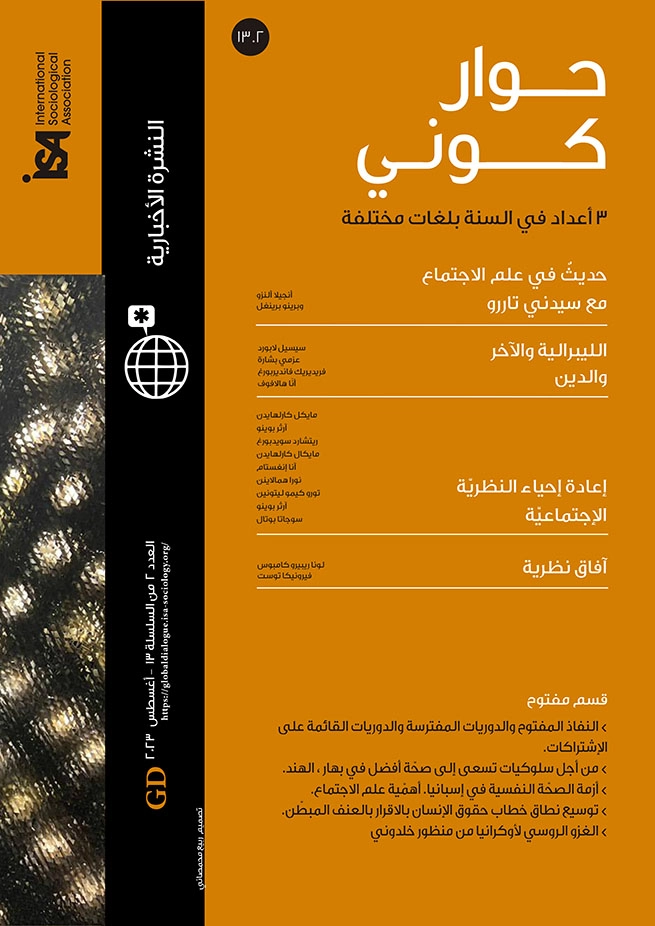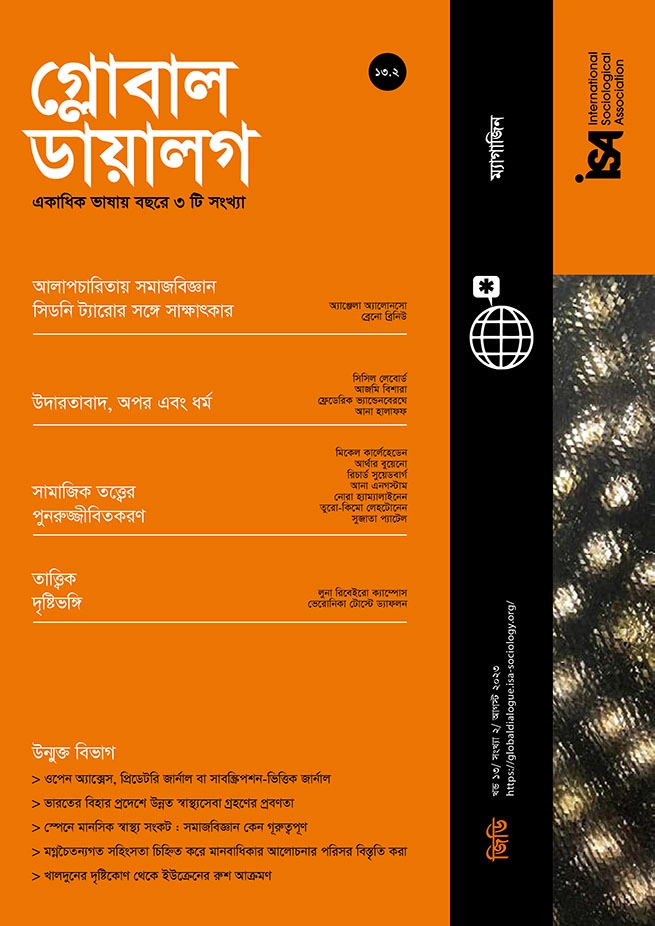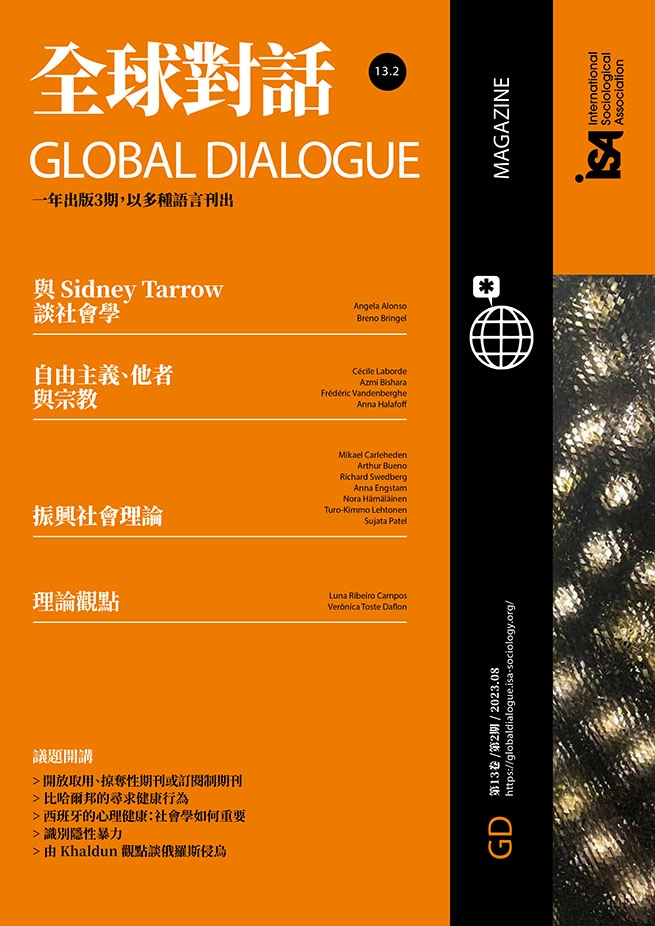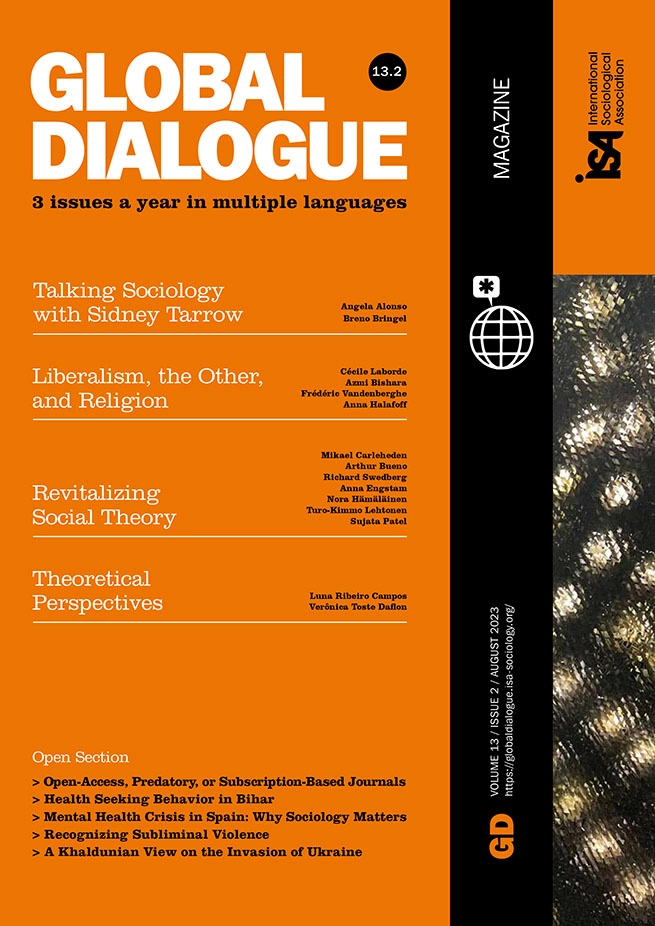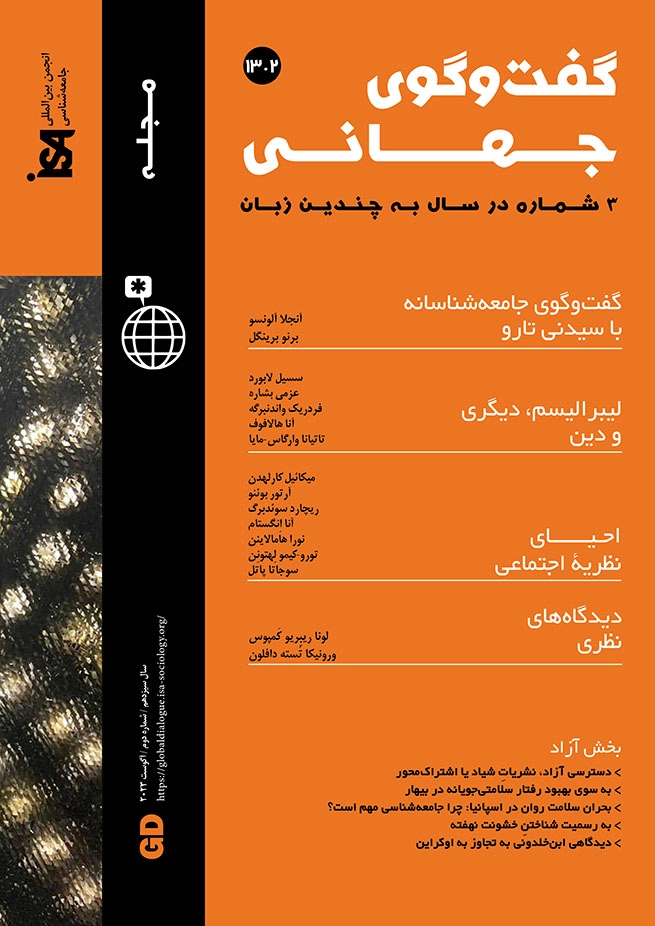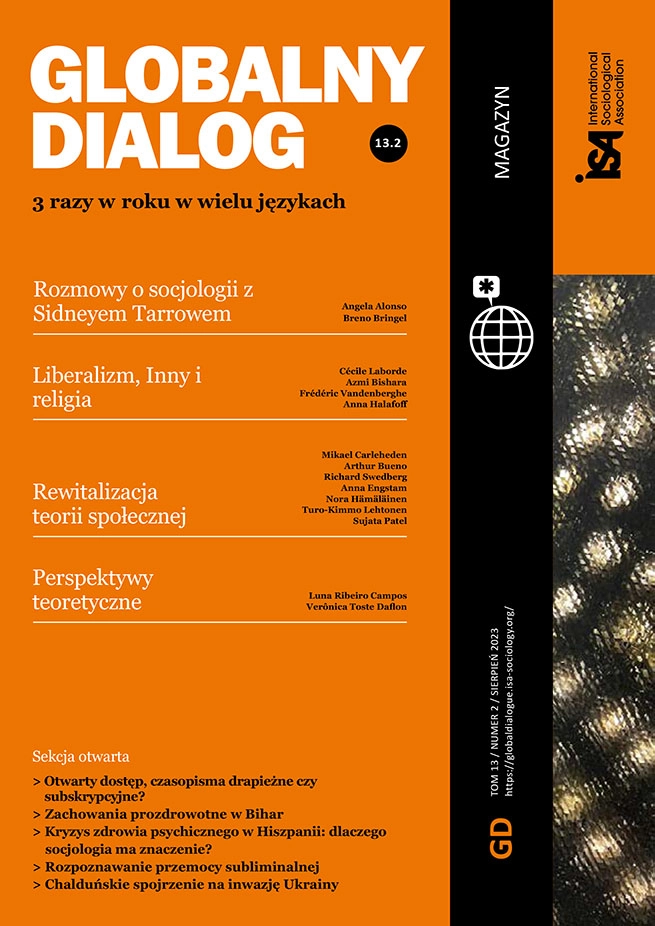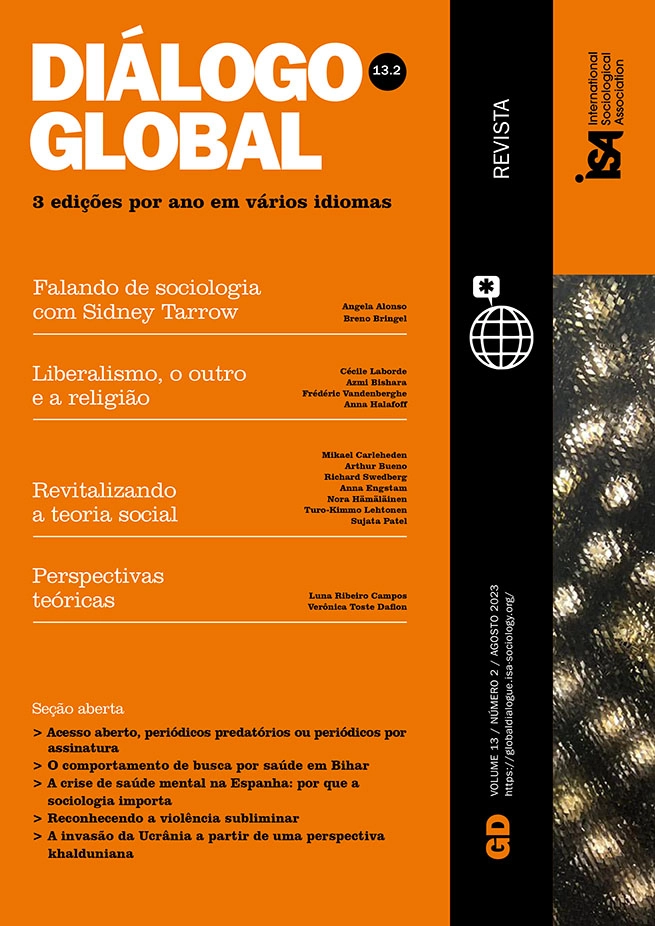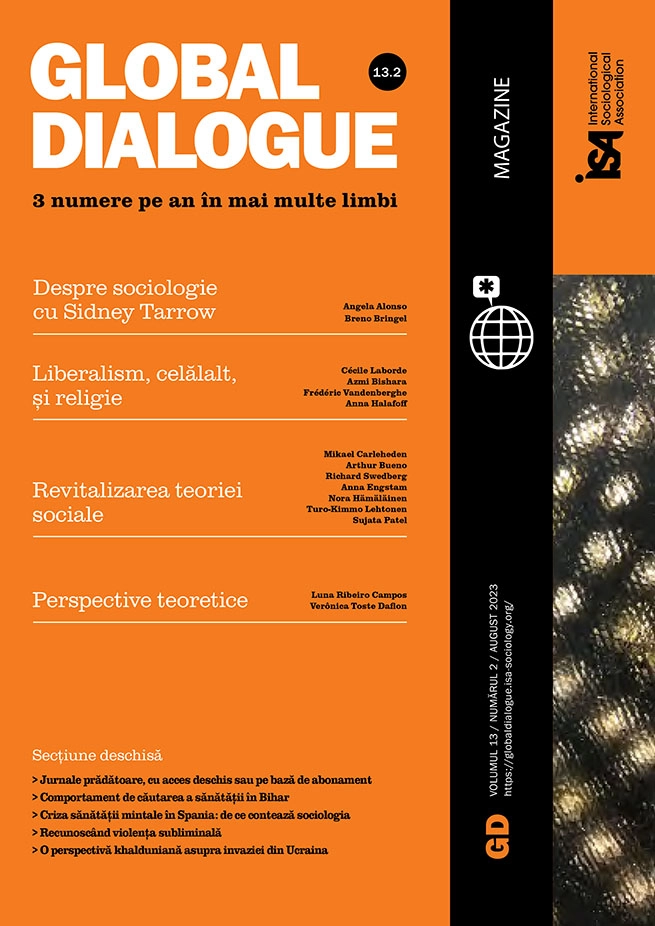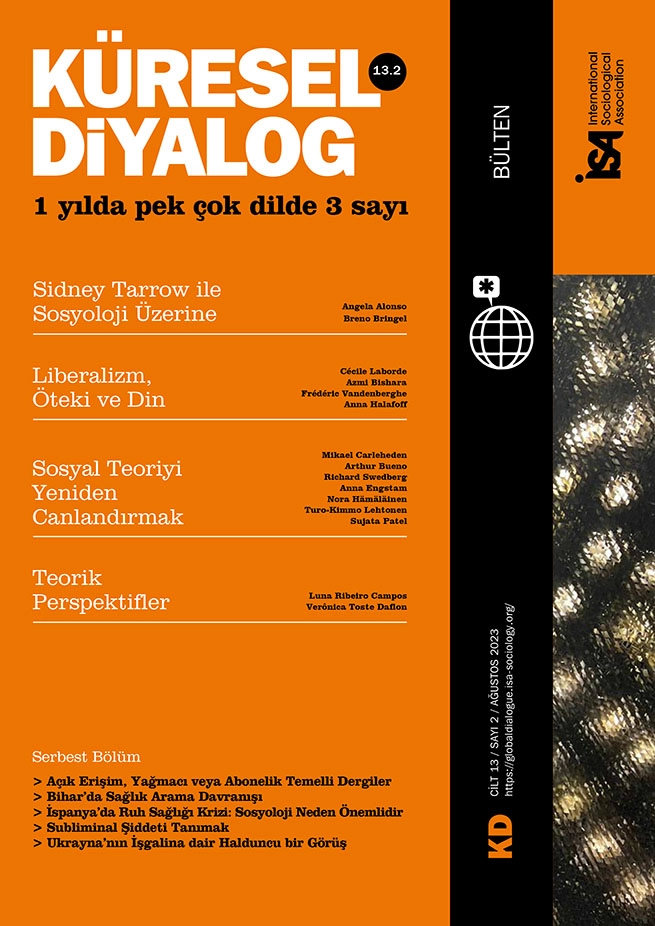The conditions posed by Covid-19 meant that behavioral changes became the norm to control the spread of the virus in any community. Governments decreed lockdowns several times and kept advising people to physically distance, self-isolate, home quarantine, use a mask and gloves in public places, wash their hands frequently, etc. Despite such efforts, the Indian government was unable to control the situation as the majority of the population in India, as constantly reported in popular media, was not adhering to the guidelines and more importantly was not willing to be tested for the virus. Also, if people tested positive they were reluctant to say so until their situation became very severe. Due to a lack of public health infrastructure, conditions were especially critical in Bihar, an underdeveloped province of India. This suggests the importance of individuals in any community engaging in health seeking behavior (HSB).
HSB is conceptualized as a sequence of preventive and remedial actions taken by members of a community either to correct perceived ill health or to maintain a good health status. Thus, HSB constitutes people making “healthy choices.” Such behavior varies across geographical spaces and among communities. To improve conditions, it is most important to comprehend the factors that prevent people from adopting progressive HSB. It is also crucial to understand how people could be motivated to develop positive HSB. Despite being a vital component of public health, there is no significant research aimed at understanding the barriers to and facilitators of HSB in India, or specifically in Bihar.
Lessons learnt from the cross-sectional study conducted in Bihar
We conducted a cross-sectional study in Patna, the capital of Bihar. Patna recorded the highest Covid-19 morbidity and fatalities in India. We adopted a mixed-method approach and collected primary data during the pandemic, between April and July 2021. Analysis of our data revealed that 43% of all respondents reported that they themselves tested positive for Covid-19, while 34% stated that either one or more of their family members had tested positive, and 23% said they themselves as well as their family members had tested positive. There was a striking gender gap among those who had tested positive: while 69% were men, only 31% were women. Physiologically, women are stronger compared to men, and under similar circumstances women have greater chances of resistance and survival. Also, the social constructs and gender dynamics within households suggest that the health of the male members was always prioritized. Perhaps when women had symptoms they did not get tested.
Apart from gender, 40% of respondents who had tested positive were in the age group of 25-29 years, suggesting that those who were more mobile and exposed to the outside environment were also more vulnerable to a covid infection. Unfortunately, several respondents reported one or more deaths due to Covid-19 in their family. In our study, the majority of fatal cases (88%) lived in multi-story buildings, with only 12% living in individual private houses. We also observed that 67% of them worked in the service sector, 26% were self-employed, and the rest did not specify their occupation. Irrespective of socio-demographic background, there was reluctance among all respondents to get tested for Covid-19. When asked how they knew they were infected with Covid-19, most of them stated that they had developed symptoms of the virus and assumed they were infected. When asked why they didn’t confirm these assumptions through testing, the replies were varied. The reasons stated included a lack of proper information about testing facilities (27%), the unavailability of advice from medical personnel (12%), and, most importantly, fear of social stigma if they tested positive (59%).
Since hospital beds and other clinical resources were scarce, people preferred to be at home rather than looking for available medical facilities, until conditions became critical. The lack of availability of both information and resources was a major hurdle to seeking help and acted as a barrier for positive HSB in the community. Hence, many people opted for home medication (around 27%), few consulted doctor(s) over the phone (16%), a few others visited doctors’ clinics (11%), while a considerable proportion (46%) just relied upon information from friends, relatives, and – of course – digital media.
Those tested positive were advised to be in isolation and quarantine, but such behavior is not conventional in an Indian social context. Indeed, infected people did not want to disclose their condition to the community in fear of being stigmatized.
Based on our analysis, we contend that though people were ready to adhere to the required HSB to tackle the Covid-19 pandemic, they were at the same time affected by the lack of information, which was the greatest obstruction to HSB in this case. People were unwilling to seek medical help at an early stage of infection due to fear and ignorance. Hence, the need of the hour is to provide contextual health education to improve HSB, especially in an underdeveloped province like Bihar.
In retrospect
Covid-19 is still an ongoing threat to public health. Population and health practices aimed at combating the situation should be sustainable and acceptable to the community. Based on the findings of our study, we suggest that social interventions through contextual health education are urgently needed to improve HSB among the community and must be implemented. The integrated approach of incorporating health education as an integral part of health policy will be instrumental to initiate behavioral changes among communities and lead to health promotion.
Our recent follow-up study has shown that after Covid-19, people have started taking extra care with sanitation, hygiene, and health-related lifestyle practices. Enhancement of health education and investment in health communication can allow people to develop a new social understanding of HSB, which will set in motion a process of health promotion. This will enable people to deal with their health issues in order to overcome existing health disparities. Health education, therefore, is the need of the hour.
Aditya Raj, Indian Institute of Technology Patna, India <aditya.raj@iitp.ac.in> / Twitter: @dradityaraj
Papia Raj, Indian Institute of Technology Patna, India <praj@iitp.ac.in>





